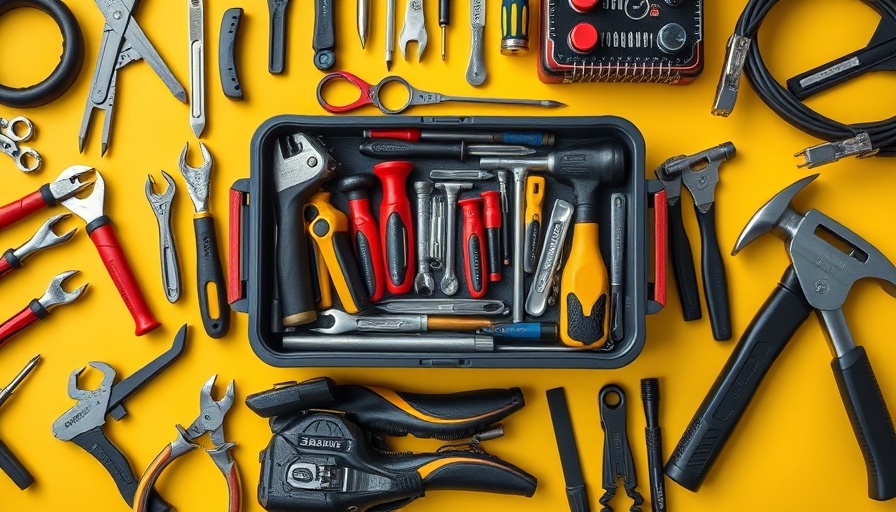
Why Unplugging is Crucial Before You Depart
It's common knowledge to lock the doors and switch off the lights before leaving for vacation, but many homeowners neglect an often-overlooked yet critical element: unplugging electronics. Not only does this practice significantly reduce the risk of accidental fires, but it can also save you money. Devices that stay plugged in continuously are thieves of your electricity, consuming energy in what is referred to as “standby power.” Research indicates that around 5 to 10% of a household's total electricity usage can stem from these devices.
Key Electronics You Should Unplug
Even if unplugging every device in your home would be the ideal scenario, specific electronics are more dangerous or power-sucking than others. The following items come highly recommended to unplug before leaving:
- Battery Chargers: Lithium-ion batteries, the powerhouse behind many gadgets, pose significant risks. Improper storage and overcharging can lead to overheating and potential fires. The National Fire Protection Association (NFPA) warns against leaving chargers plugged in when unattended. Always remove lithium-ion batteries from their chargers once fully charged.
- Space Heaters: Known for causing approximately 40,000 house fires annually, space heaters should never be left plugged in when not in use. Their heating elements lack automatic shutoff features, increasing hazards exponentially when unattended.
- Countertop Appliances: Toasters, kettles, and similar devices can trigger fires if they malfunction when plugged in. Crumbs and oil residues can also ignite spontaneously. This combination makes it vital to unplug them, especially during long absences.
- Home Entertainment Systems: These devices, including televisions and game consoles, are substantial contributors to standby power. Even in a low-power state, they continue to siphon energy, making them a prime candidate for unplugging.
- Power Strip: Many power strips and multi-outlet devices can themselves become fire hazards if left unattended. Unplugging them helps eliminate that risk, and it's a handy way to route off secondary devices.
The Cost of Leaving Electronics Plugged In
Unplugging not only mitigates fire risks but also trims your energy bill. According to the U.S. Department of Energy, equipment left on standby can cost homeowners upwards of $100 annually. This can quickly add up over time, making efficient energy use not just a safety measure, but a savvy financial decision.
What Happens When You Don't Unplug? A Real-Life Example
Consider the story of a local family who went on a month-long vacation. They overlooked unplugging their entertainment system and left it on standby. Upon returning, they noticed a unexpectedly high electricity bill. It turned out the stand-by power draw led to unnecessary energy costs, teaching the family a costly lesson about the importance of unplugging.
Taking Proactive Steps for Your Home
Creating checklists can help streamline your pre-departure tasks for convenience and safety. Involve the whole family in preparation, ensuring everyone understands the importance of unplugging these devices. Include reminders to check chargers, heaters, and other electronics in areas where most usage occurs.
Future Trends: Smart Home Technology and Energy Savings
As smart technology becomes increasingly integrated into our daily lives, innovative solutions are emerging to minimize energy consumption automatically. Smart plugs and energy-efficient devices can help mitigate the need for manual unplugging and reduce standby power use. Consider investing in such technologies to optimize home energy efficiency in the future.
Unplugging your electronics before vacation is a simple yet crucial task that should be part of your routine preparation. By doing so, you ensure the safety of your home and conserve energy, ultimately saving you money. Make it a point to share this knowledge with friends and family to help cultivate a culture of safety and consideration for energy use.
 Add Row
Add Row  Add
Add 




Write A Comment